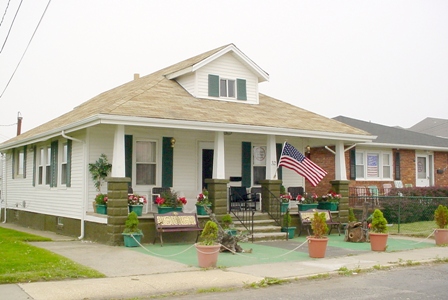Long Branch eminent domain settlement talks continue

Settlement discussions in the Long Branch eminent domain cases began on December 22 before Judge Thomas W. Cavanagh, Jr., who was designated by Monmouth County Assignment Judge Lawrence Lawson to conference legal counsel and concerned parties in City of Long Branch vs. Anzalone. The case was remanded to Judge Lawson by the Appellate Division (See the opinion issued August 7, 2008). Subsequent cross petitions for certification filed with the Supreme Court by the City of Long Branch and the property owners were denied. A key player in the settlement discussions, which will continue on January 15, will be the designated developer - a joint venture of Hovnanian subsidiary Matzell and Mumford and the Applied Companies of Hoboken.
The developers own a significant portion of the MTOTSA neighborhood, and dismissal of the eminent domain complaints will require their concurrence due to their contractual relationship with Long Branch. In addition, the developers will require rezoning of the properties compatible with their needs and those of the remaining property owners. It will be the Anzalone’s position that any rezoning must permit single family residential on a minimum lot size consistent with their present use. Another major negotiating point will be the payment of counsel fees. The Eminent Domain Act of 1971 requires that a successful property owner be awarded counsel fees and costs. See N.J.S.A. 20:3-26 (b). Recent case law supports the award of counsel fees. See our blog post on City of West Orange v. 769 Associates.
Recent statements by Mayor Schneider in the press have given impetus to the hopes of the MTOTSA property owners to finally have the eminent domain complaints dismissed. A fitting Christmas present for Louis Anzalone, age 91, and the other property owners who have fought long and hard to keep their homes will be a final resolution of these cases, resulting in a dismissal of the condemnation complaints, payment of reasonable counsel fees and costs, and the adoption of a new zoning ordinance for their neighborhood that includes the continued existence of single family residential as originally anticipated by the master plan for the redevelopment adopted in 1996.
